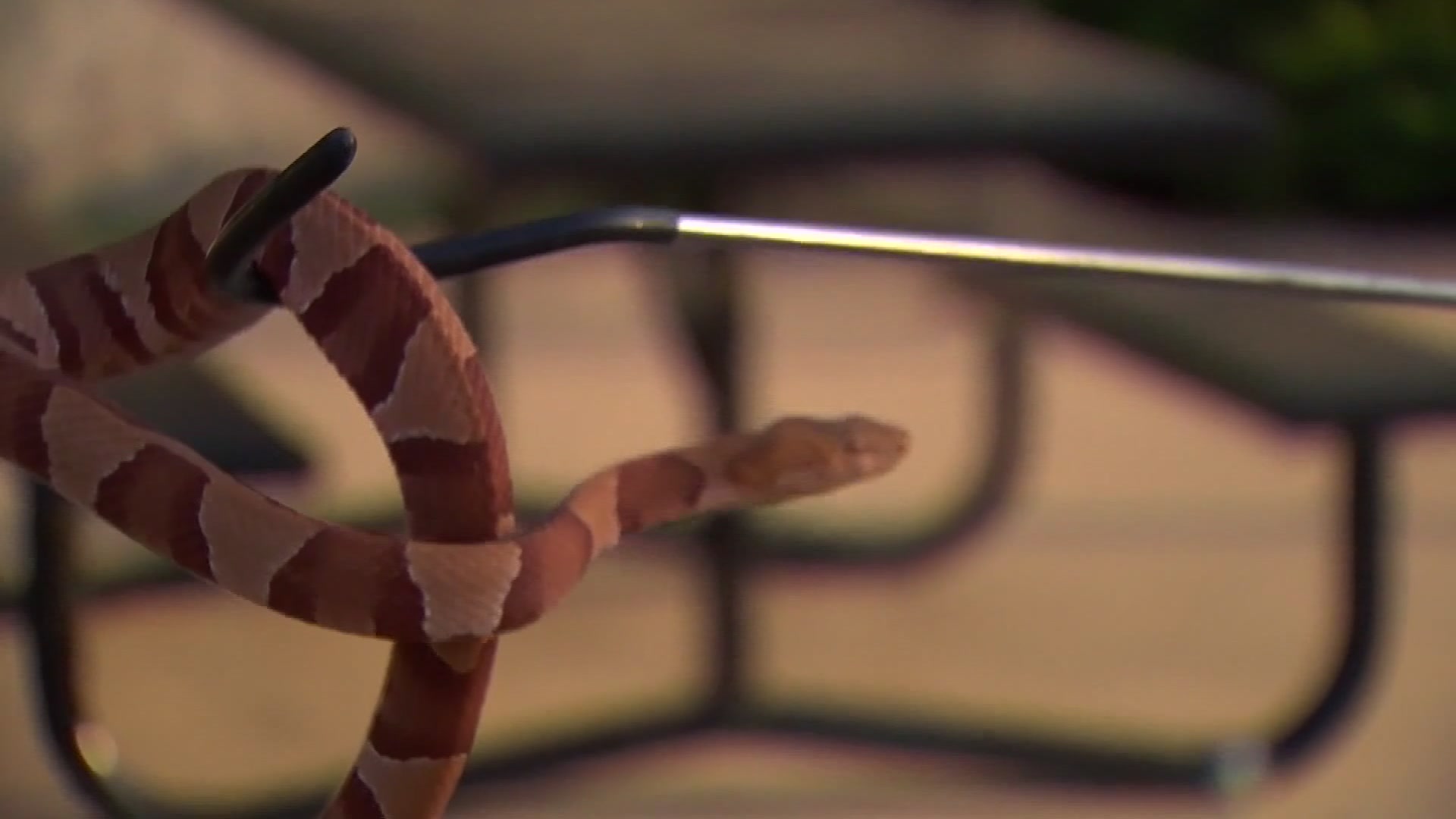The scarcity of nests left by an endangered sea turtle species is raising concerns among Texas coastal wildlife stewards about the turtles' future.
It's late in the nesting season for the Kemp's ridley sea turtle, but the first nest on Galveston Island was found only this week. It's the second to be found on the upper Texas Gulf Coast so far.
Only 92 nests have been found so far this year along the entire Texas coast, compared to 118 nests last season, Carole Allen, gulf director of the Sea Turtle Restoration Project, told the Houston Chronicle.
Wildlife officials' concerns have grown so extreme that a symposium has been scheduled for November in Brownsville, Texas, to brainstorm possible solutions.
The number of nests had been increasing by 12 to 17 percent each year until the BP oil spill in 2010 spewed oil into their feeding grounds, soaking the floating mats of seaweed the turtles live on early in their lives.
The Galveston island nest was found on Sunny Beach, "right smack dab in the middle of the parking lot," said Kimberly Reich, sea turtle research lab director at Texas A&M University at Galveston. "If the turtle hadn't been run over, the rest most certainly would have."
But a volunteer secured the nest from that possibility, and Reich and A&M personnel packed the freshly laid eggs for shipment to a hatcher on Padre Island National Seashore run by Donna Shaver, chief of the National Park Service division of sea turtle science and recovery.
Local
The latest news from around North Texas.
Since there is no known estimate for the turtle population, their survival chances are assess by the number of nests found. About 10,000 nests have been tallied on their main nesting grounds on the Mexican Gulf Coast, compared with 16,000 last year and 20,000 in 2012, said Pat Burchfield, director of the Gladys Porter Zoo in Brownsville and head of the U.S. delegation to the Binational Kemp's Ridley Sea Turtle Recovery Project.
Burchfield and Shaver both said they believe the cold winter may have delayed nesting by a month and that another wave of nests could be coming.
"We are going to reserve making conclusions until the nesting season is over, but it is currently a low year-to-date tally," Shaver said.
Reich said the nesting season usually peaks between mid-May and mid-June.
"We've never had a nesting in July," she said.



